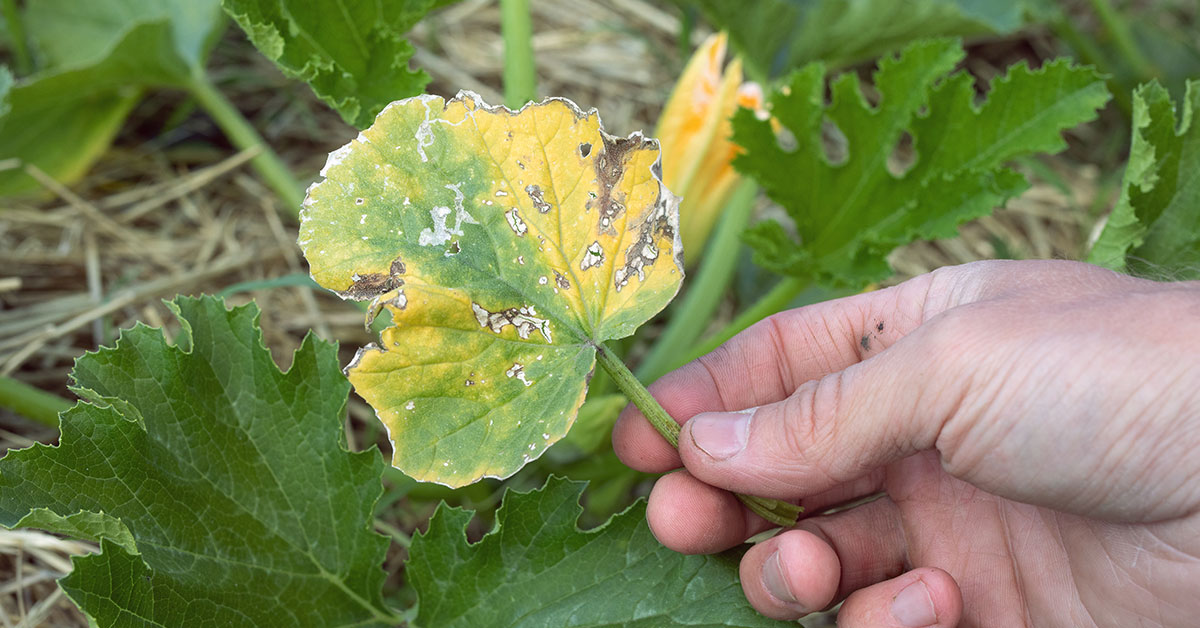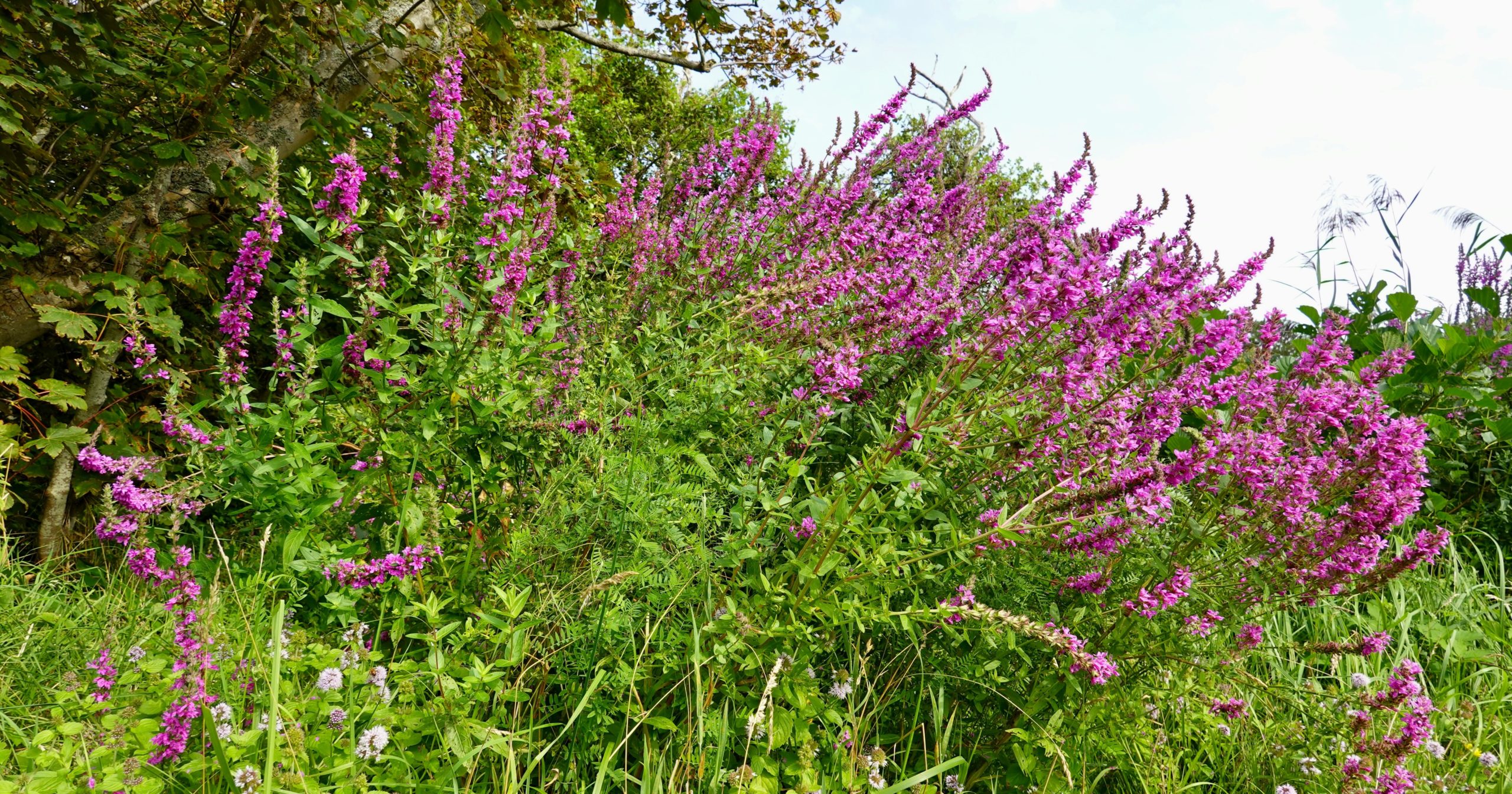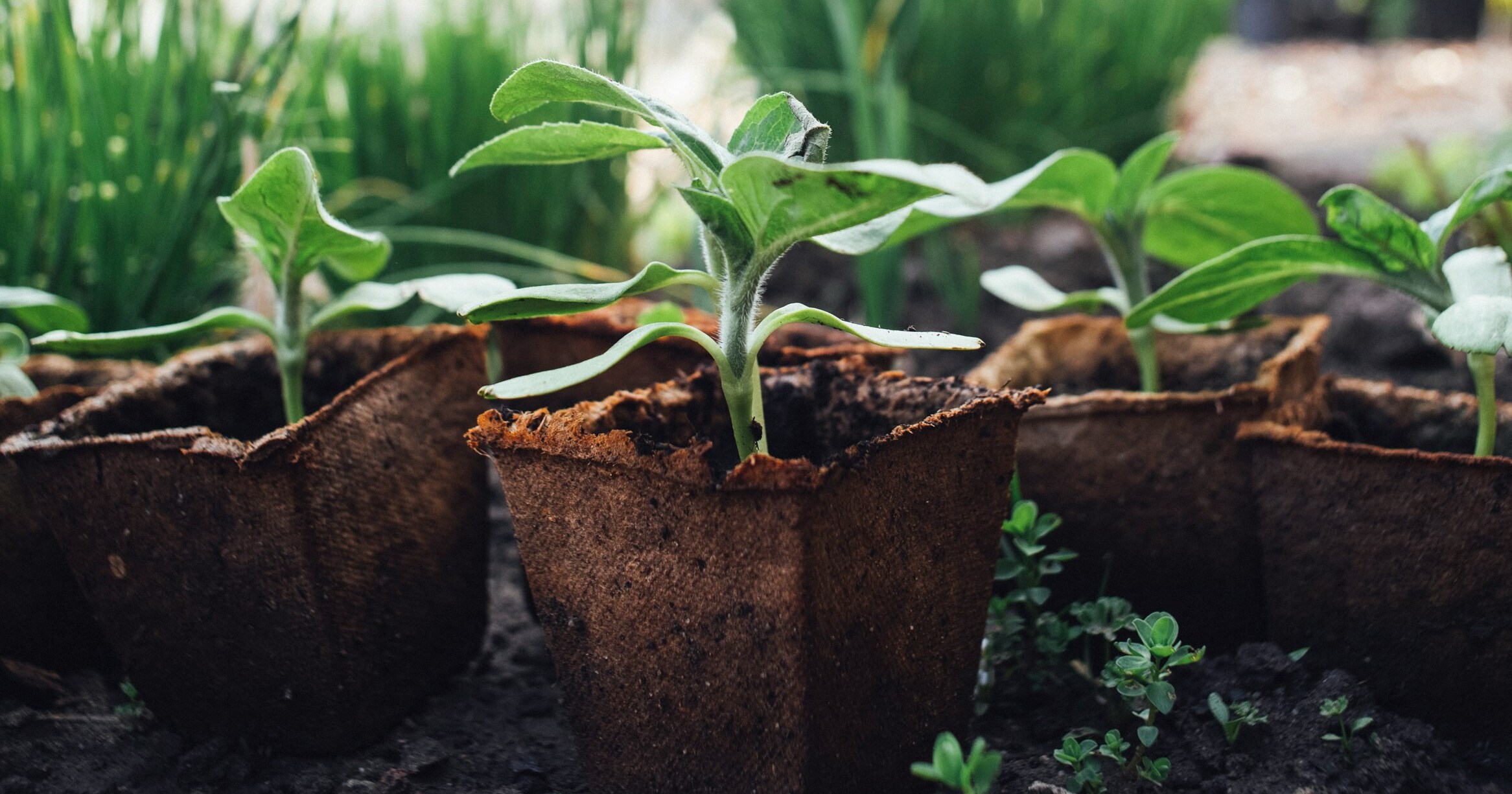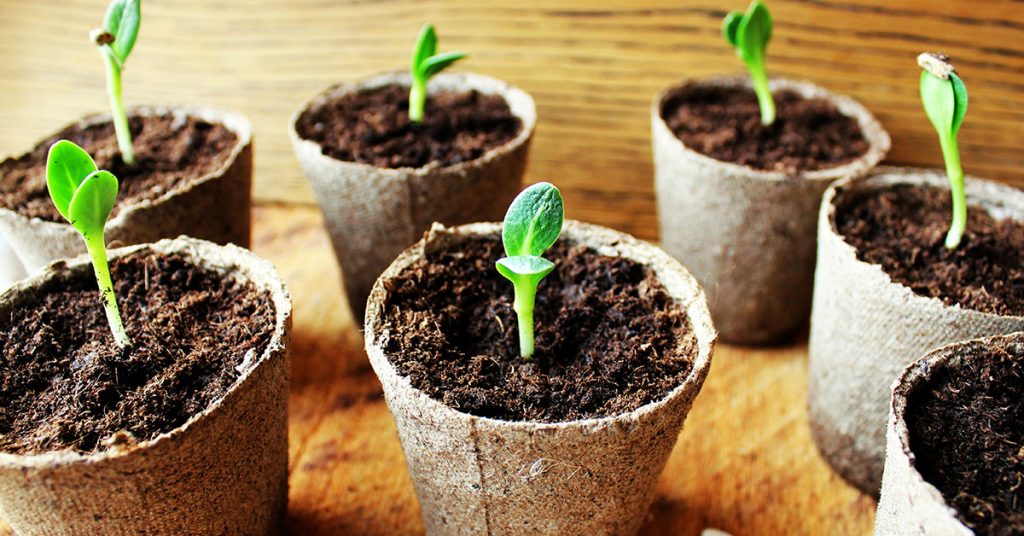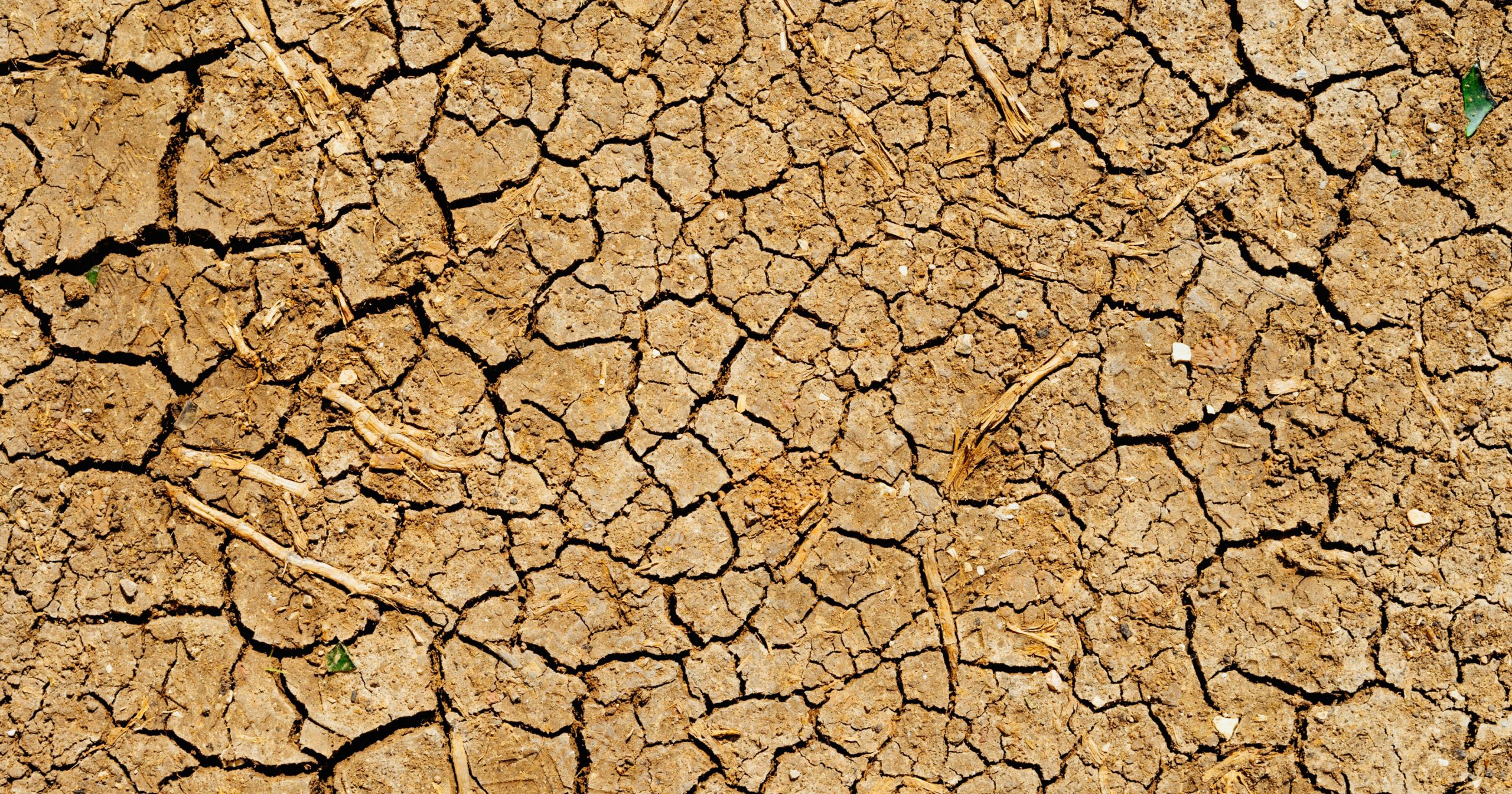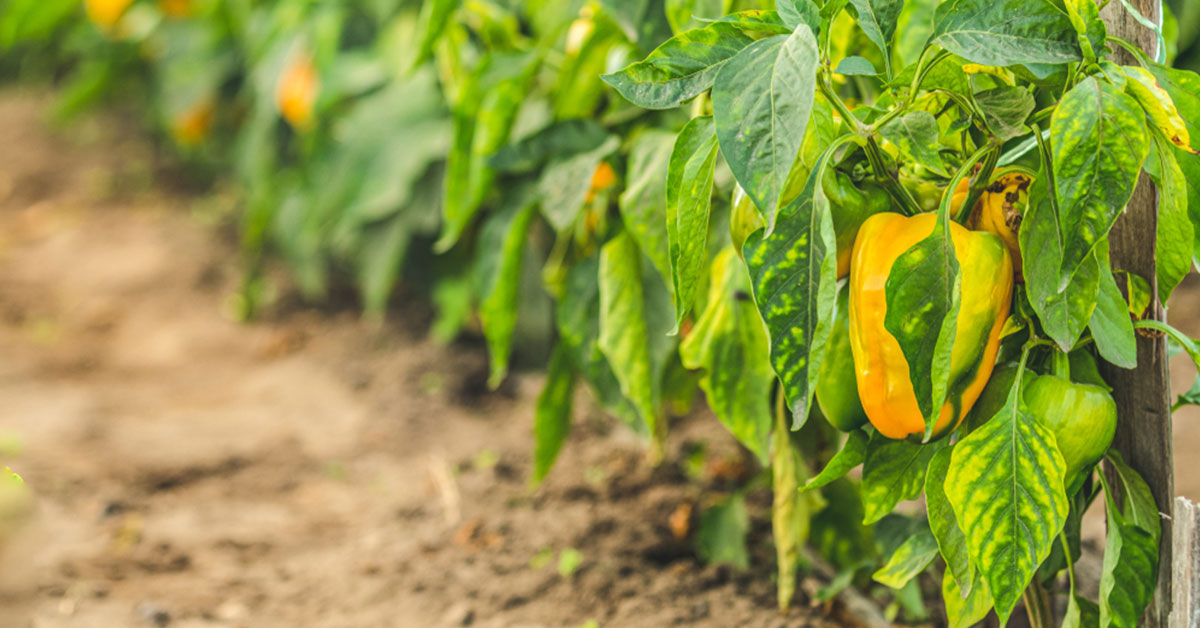Picture this: the growing season is in full swing and things in your garden are going great. But all of a sudden, you notice that your pumpkin leaves are turning yellow. What gives?! This can be an alarming sight for any gardener, but luckily, there are a few reasons why your pumpkin leaves might be turning yellow and there are some easy solutions to help get your plants back to their healthy state.
Why your pumpkin leaves are turning yellow
Fixing yellow pumpkin leaves is relatively easy and can be done by applying addressing the root cause of the yellowing. In most cases, you can rescue a pumpkin whose leaves have begun to turn yellow. Read through the below causes of yellow pumpkin leaves to try and diagnose the issue.
Stress
The most common type of stress that a pumpkin experiences is from transplanting. Transplanting can be a stressful experience for any plant, including pumpkins. When pumpkins are transplanted, they can experience yellowing of their leaves, which can be a sign of stress. Continue to provide normal care to your pumpkin plant through this “shocked” period. It should recover. If it doesn’t, consider one of the below reasons for yellow pumpkin leaves.
Too much water
When too much water is present in the soil around a pumpkin plant, it can lead to the yellowing of the leaves. This is due to a lack of oxygen in the soil. Without oxygen, the plant’s roots can begin to smother and rot. The yellowing of the leaves is a sign that the plant is stressed and not getting what it needs to thrive. It is important to be mindful of how much water is being added to the soil around the pumpkin plant.
Too much water can cause the leaves to yellow, while too little water can also cause the same problem. The best way to avoid this problem is to water the plant as needed, making sure not to overwater it. Additionally, it is important to check the soil regularly to ensure that it is not too wet or too dry. Yellowing of the leaves can also be caused by other issues such as nutrient deficiencies, diseases, or pests.
Too little water
When there is too little water available to a pumpkin plant, the leaves will start to turn yellow. This is a sign that the plant is experiencing drought stress. The leaves will start to curl and wilt, and may eventually turn brown and die. If the drought stress is prolonged, the entire plant may eventually die.
In order to prevent this from happening, it is important to ensure that the pumpkin plant receives adequate water on a regular basis. The soil should be kept moist but not soggy, and it is best to water the plant at the base of the stem and not from overhead. If the pumpkin leaves do turn yellow due to a lack of water, it is important to take action quickly. Providing the plant with deep watering can help to revive it.
If the drought stress is too severe and the plant has already died, the best course of action is to remove it and replace it with a healthy plant. Once replaced, offer 1 inch of water per week
Insufficient sunlight
Insufficient daylight can cause yellow pumpkin leaves as well. This is because the plants are not receiving enough light to stay healthy and produce enough chlorophyll. Chlorophyll is a pigment responsible for the green color in plants and it is produced when plants receive enough light. When plants do not receive enough light, they are unable to produce enough chlorophyll and the leaves begin to turn yellow. This is more likely to occur in greenhouses, where the light is not as strong as it is in natural sunlight. In addition, if the environment is too dry or too hot, the leaves may become yellow and withered as a result. To prevent yellowing of pumpkin leaves due to insufficient daylight, ensure the plants receive enough natural light and maintain a comfortable environment for the plants. Pumpkins should get at least 8 hours of direct sunlight daily.
Nutrient deficiency
Another common cause of yellow pumpkin leaves is nutrient deficiencies. Pumpkin plants require a balanced diet of nitrogen, phosphorus and potassium to grow properly. If the soil is too acidic or lacking in nutrients, the leaves of the plant can become yellow. In some cases, this can be corrected by fertilizing the soil with a balanced fertilizer or adding compost or manure to the soil. Gardeners should also check the pH levels of the soil and adjust it to the proper range for pumpkin plants. You can read more about fertilizing pumpkins here.
Pests
One of the most common pests that can cause yellow pumpkin leaves is the squash bug. These bugs are found throughout North America, and they feed on the leaves of squash and other cucurbita plants. The squash bug has a reddish-brown body and an orange-yellow underside. The bug sucks the sap from the leaves of the plant, causing them to become wilted and yellowed. In addition to the yellowing of the leaves, squash bugs also leave behind a black, sooty residue that can be seen on the leaves. To control this pest, gardeners should handpick the squash bugs from the plants, or use an insecticide that specifically targets squash bugs.
Disease
Yellow pumpkin leaves can be caused by a number of diseases, including bacterial leaf spot, powdery mildew, and Alternaria blight. Bacterial leaf spot is caused by a bacteria called Pseudomonas, and is characterized by small, circular spots on the leaves that are yellowish in color. Powdery mildew is a fungal disease that causes white, powdery patches on pumpkin leaves, and can eventually turn them yellow. Alternaria blight is caused by the fungus Alternaria cucurbitae, and causes yellow spots on leaves that eventually spread and cover the entire leaf. All of these diseases can cause significant damage to pumpkin plants, and can significantly reduce their yield. To prevent these diseases, it is important to practice good crop rotation and sanitation, and to use disease-resistant varieties of pumpkins.
Old age
At the end of the growing season, pumpkin leaves can start to turn yellow due to age. This yellowing is caused by a number of factors, including a decrease in photosynthesis, nutrient deficiency, and an increase in the amount of lignin in the leaves. As the pumpkin matures, its leaves begin to yellow and die off as they are no longer needed to produce food for the plant. This yellowing can also be a sign that the pumpkin is ready to be harvested, so it is important to keep a close eye on your pumpkins to make sure they are ready to be picked.
